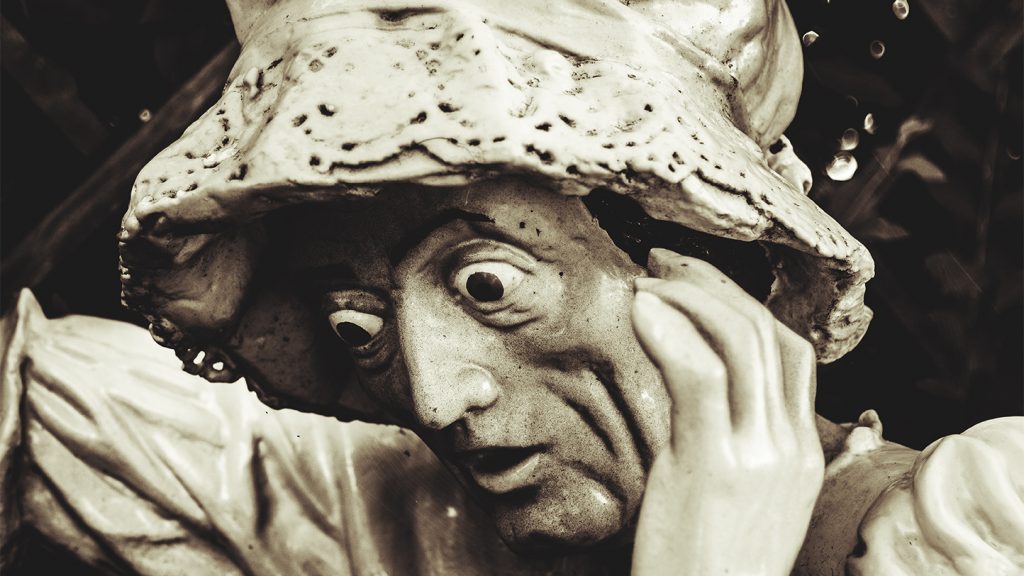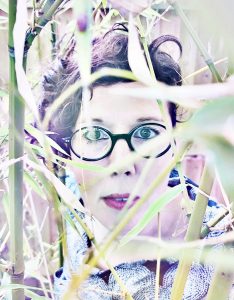SARA XIAYU: SCENTOGRAPHERS
ZUIHITSU
QUIRKY THOUGHTS COLLECTION
Essays, personal stories and curiosities from our guest fem人le contributors
SARA XIAYU: SCENTOGRAPHERS

It was twenty years ago or so when I first realised what sort of power smell had (at least) on me.
After walking the usual three steps and grabbing the grey metal handle, I opened the gymnasium door and stepped in: I suddenly felt a compact blend of TIREDNESS + THRILL + FEAR + PLAYFULNESS + JEALOUSY + PRIDE.
Ten years had passed but once again and for a few seconds, I felt like I was going to the gym to train as a competitive gymnast as I used to do as a kid, 4 hours a day, 5 days a week.
It did not happen at the sight of the trophies next to the white equipment wardrobe that had been there for decades; nor did the typical hands clapping sound and kids shouting resonating from the gym have any relation with it.
It was triggered by smelling! A pungent wave of {{{{FLOOR DETERGENT + SWEAT + RUBBER + DUST + HAIR SPRAY + MAGNESIUM POWDER}}}} hit me and didn’t just bring memories back; it made me feel the eight year old me about to start her routine workout.
I have a couple more personal epic examples.
The smell of a London tube platform = {{{{BURNT ENGINES + EARTHY SOIL + STALE WATER}}}}>>> FREEDOM + AWE + DISCOVERY + EXCITEMENT of the sixteen year old me for the first time abroad by herself, spending a whole summer at gigs and festivals.
The smell of lime trees = {{{{HONEY + TOBACCO + CITRUS PEEL+ VANILLA}}}} >>> JOY + RELIEF + EUPHORIA + TREPIDATION of the teenager me walking out of high school along my hometown’s lime tree-lined street in June, totally electrified by the long summer break ahead.
Sulphur
At some point later in life I decided that I wanted to record smells: I was dreaming (and still am) of having my personal library so that I could nonchalantly sniff my favorite scents and trigger/manipulate my own feelings. I owned appliances to reproduce what I saw and what I heard, why not what I smelled? Sadly, I could not find any device for that (Amy Radcliffe has rather recently made the most wonderful attempt with her Madeleine and I would love this to become the next big thing – something as disrupting as a TV a century ago).
Biology, chemistry and physics are by no means my strongest subjects, hence I could not consider designing my own device.
Exploring how I could approach smells from a non-scientific angle, few of my passions came to assistance: I had gravitated around photography for a while and had been into experimental music since teenage years, so putting the two things together was quite natural.
I thought that I could reproduce and archive my memories of smells using images and sounds from where and when smells were detected.
The concept gradually took shape when my partner Paolo Moretti and I engaged in long conversations about smells and deep sniffs of anything around/on us.
Because of his interest in sounds and wave manipulations, he took on the audio part whereas I focused on the visual side of the project.
We agreed on a structure for the project, based on 4 rules that could make our reproduction faithful and coherent:
1 >> ALL IMAGES WOULD BE SHOT WHERE SCENTS WERE SENSED
2 >> THEY WOULD BE THEN FILTERED AND EDITED ACCORDING TO SCENTS’ CUES
3 >> SOUNDS WOULD BE FIELD RECORDED IN REAL TIME DURING THE PHOTO-SHOOTING
4 >> SOUNDS SAMPLES WOULD BE USED AS AMBIENT GENERATORS THEN FILTERED THROUGH RESONATORS, DELAYS AND VARIOUS EFFECTS ACCORDING TO SCENTS’ FEATURES (NO FOREIGN SOUND WOULD BE ADDED)
I would then edit everything into a video to reproduce and “archive” what we smelled.
Finally, the project was named: Scentographers.
I have opted for making a video out of photographs rather than directly shooting one as I felt it would help capturing the elusiveness of smells and the challenge that human beings face in identifying, describing and recalling them.
In each episode, I have attempted to leverage image framing, colors, style, and editing to represent a specific scent: the nauseating, burnt, buttery comfort of popcorns smell has resulted in the grotesque, sepia, fast aperture close-ups of the characters of an eighteen century amusement park; the resinous and woody incense smell combined with the pungent and chemical one of gasoline has produced dazing layers of abstract reflections and sparks.
Incense and gasoline
The more I tried to reproduce scents, the more my need to understand them increased. Reading books and articles about our sense of smell made me discover intriguing facts some of which I am sharing below:
On the scientific side of things:
– A revolutionary discovery about our sense of smell was made not long ago, in 1991 by Linda B Buck and Richard Axel. In brief: a large gene family plays a massive role in our ability to smell. About 7 cm above and behind the nostrils, our noses feature 9 sq cm of a tissue called nasal epithelium. This is populated by olfactory cells that feature about 1000 olfactory receptor types that are generated by a large gene family (a bit less than 1000 of them – composing 3% of our total genes).
– Most odors are composed of multiple odorant molecules that can activate several odorant receptors: this leads to shaping a code that results in an “odorant pattern” that we could compare to the colors in a mosaic. This is how we are able to recognize and shape memories of scents.
The sense of smell remains the most enigmatic of our senses: we haven’t been able yet to puzzle together how our body recognizes and remembers about 10000 different odors.
On the historical side of things:
– Ancient philosophers wondered and speculated about smells a lot: Democritus considered odors as particles and round ones would smell great whereas sharp ones would stink; Plato thought they were a mixture of water and air and that they would originate from the movement of the 4 main elements (soil, air, water and fire); Aristotle theorized they were waves that could convey information through air and water.
– Galen theory is super cool; the human body is made of 4 humors: blood + phlegm + yellow bile + black bile (each of them matching one of the 4 universal elements: air + water + fire + soil). Each humor is a part of human personality: blood = courage, phlegm = calm, yellow bile = ambition and black bile = analyticity. When smelling a scent similar to its own physical composition, the body will find it pleasant or conversely unpleasant.
Sigmund Freud and most of his contemporary psychologists considered any particular interest or reaction to odors as an abnormality. Primitives and uncivilized really.
Little gems:
– In 1882 the Physiologist Eduard Paulsen replicated a functioning nasal system using a corpse, some metal pipes and the bladder of a pig: he then used tissue paper to track down air flows within it and understand how it would work.
– One of the first alcohol-based perfumes in Europe was “The Queen of Hungary’s water”: according to the legend, it was made in the 14th century at the command of Queen Elizabeth of Hungary or Saint Elizabeth of Hungary to relieve her of her headaches. Primarily made of rosemary and thymes distilled with Brandy.
Eucalyptus and mould
I guess that one more reason why I am so fascinated by smell is that it sort of matches my personality: I am quite emotional, extremely skilled at letting feelings overflow and overwhelm, and generally attracted to the interior and depth of people and things. Smells can’t be contained or imposed boundaries and are extremely potent in regards to emotions; they are the sense long considered proper of savages and opposed to civilisation, rationality, surface, privacy, objective structure and hierarchical divisions.
It would be fantastic to let smells drive a revolution toward disorderly innerness and radical interactions.
Resources:
Smellosophy: What the nose tells the mind (A.S. Barwich – Harvard University Press, 2020)
Smell: a very short introduction (M. Cobb – Oxford University Press, 2020)
The smell culture reader (edited by Jim Drobnick, 2006)
Aroma: the cultural history of smell (Constance Classen, David Howes, Anthony Synnott – Routledge, 1994)

Sara Xiayu is half of Scentographers and one of the founders and curators at Florilegio.
